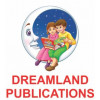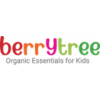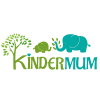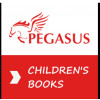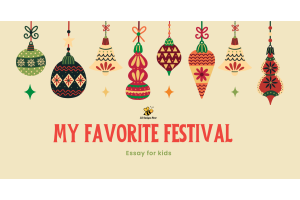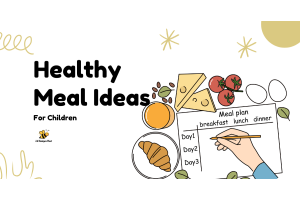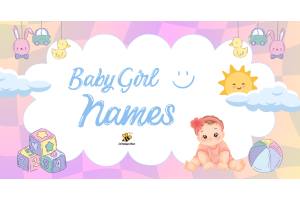Promoting Literacy in Early Childhood: A Guide for Parents and Caregivers
November 03, 2023
24

Introduction:
- Explain the importance of early literacy in a child's development.
- Set the stage for the blog post by highlighting the key strategies you'll cover.
Section 1: Read Aloud Every Day
- Discuss the benefits of daily read-aloud sessions with young children.
- Offer tips on selecting age-appropriate books and making reading a fun and interactive experience.
Section 2: Create a Literacy-Rich Environment
- Explain how to set up a home environment that encourages reading.
- Share ideas for creating a dedicated reading nook, organizing books, and providing easy access to reading materials.
Section 3: Interactive Storytelling
- Discuss the significance of storytelling and its impact on language development.
- Provide suggestions for engaging children in storytelling and encouraging their own storytelling efforts.
Section 4: Letter and Word Recognition
- Explain the importance of introducing letters and words to young children.
- Share practical activities, such as alphabet books, flashcards, and labelling common items around the house.
Section 5: Phonemic Awareness
- Define phonemic awareness and its role in early literacy.
- Offer examples of games, songs, and rhymes that promote sound recognition and rhyming.
Section 6: Library Visits
- Highlight the benefits of visiting the local library with young children.
- Mention Storytime sessions and the wide range of children's books available.
Section 7: Writing Practice
- Discuss the importance of encouraging children to practice writing.
- Offer ideas for helping children write their names and simple words, and encourage drawing and labelling.
Section 8: Word Games
- Explain the value of word games in building vocabulary and comprehension.
- Provide instructions for playing word games like "I Spy" and "Scavenger Hunts."
Section 9: Sing Songs and Nursery Rhymes
- Highlight the importance of singing and nursery rhymes in language development.
- Share a list of popular nursery rhymes and songs for children.
Section 10: Limit Screen Time
- Discuss the importance of balancing screen time with other activities.
- Provide recommendations for high-quality educational apps and programs for young children.
Section 11: Visit Bookstores
- Explain the benefits of taking children to bookstores.
- Share tips on selecting books based on a child's interests and making bookstore visits an exciting family outing.
Section 12: Encourage Questions
- Emphasize the importance of nurturing a child's curiosity.
- Share strategies for encouraging children to ask questions and explore answers together.
Section 13: Be a Reading Role Model
- Explain how parents and caregivers can set a positive example through their own reading habits.
- Discuss the significance of children seeing adults read and engage with books.
Section 14: Attend Story Hours and Book Events
- Highlight community resources for early literacy, such as story hours and book-related events.
- Encourage parents and caregivers to participate in these events.
Section 15: Join a Parent-Child Book Club
- Discuss the benefits of joining a parent-child book club.
- Share tips on finding or starting a local book club for families.
Section 16: Celebrate Achievements
- Explain the importance of recognizing and celebrating reading milestones.
- Offer suggestions for positive reinforcement and rewards to motivate children.
Section 17: Be Patient and Encouraging
- Stress the need for patience and a pressure-free approach to promoting literacy.
- Encourage a nurturing and supportive environment for children's reading development.
Conclusion:
- Summarize the key strategies for promoting early literacy.
- Reinforce the long-term benefits of fostering a love for reading in early childhood.
For more such Blogs please visit our website Lilamigosnest Kids One Stop Shop - https://lilamigosnest.com/


